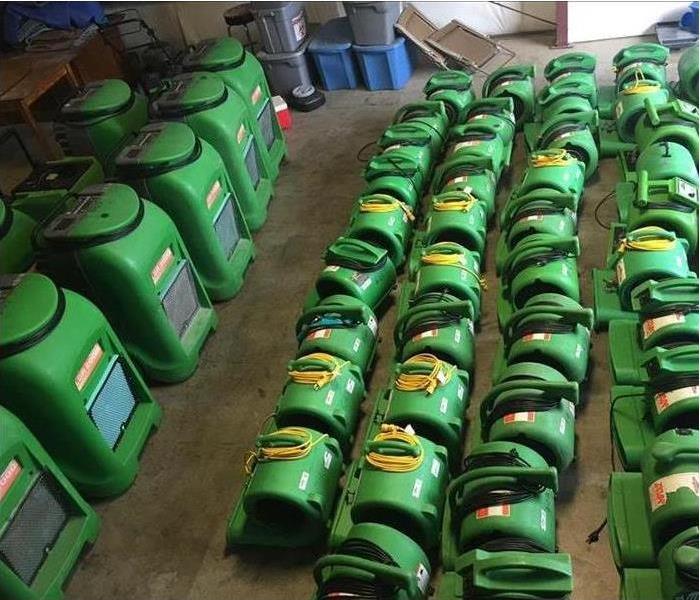How To Train Employees on Evacuation Protocol
8/21/2018 (Permalink)
As a business owner in Smithville, TN, your goal is usually to keep your employees at work, not to teach them to get out. However, in the event of a real emergency, or planned fire drill, getting out is exactly what you need them to do. Review the tips below to put a preparedness plan into place to keep you and your staff safe in a disaster.
What To Do Before an Evacuation Drill
Prior to tripping the smoke alarm and expecting an efficient fire drill to occur, you must plan and train your staff accordingly.
- Create an emergency action plan. Include primary and secondary escape routes and assign responsibilities, such as shutting down hazardous materials equipment or calling 911. Specific roles and responsibilities vary by the type of business and building.
- Train staff on how to recognize the alarm, and ensure that it can be seen, heard and/or felt by all personnel. Plan for employees with disabilities.
- Communicate both verbally and in writing a clear policy and procedure related to evacuation. Provide each person a copy or post throughout the building.
What To Do After a Drill
Your employees are out of the building safely. Now what?
- Even in a drill, account for all employees. Set a specific meeting place for each employee and assign someone to check all names against a predetermined list. In an actual disaster, knowing if someone is still inside the building is critical.
- Repeat the drill often so that your staff can easily perform the steps quickly under pressure. Practicing is especially important at onset, when new employees join and when changes are made to the business or the plan.
- Evaluate the effectiveness of each drill, so continual improvements can be made.
Whether you are conducting a fire drill, or experiencing a real emergency at your business in Smithville, TN, the goal is to get your employees out safely. If a disaster should occur, once everyone is safe, conduct a visual damage check of your commercial property. If damage is present, contact a storm restoration specialist and your insurance agent as soon as possible.





 24/7 Emergency Service
24/7 Emergency Service
